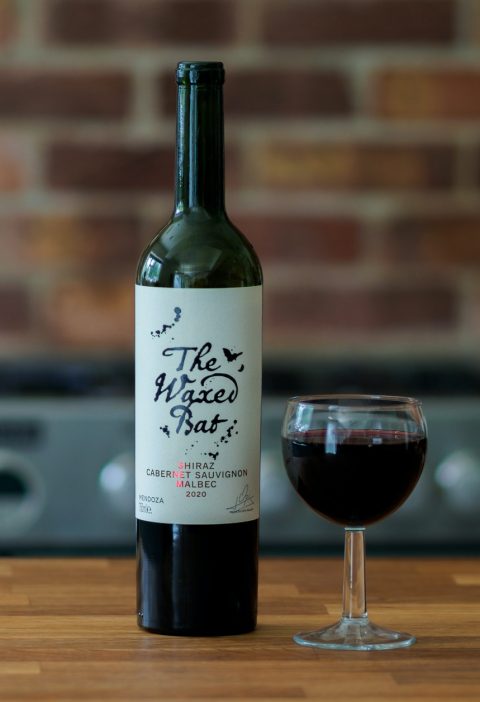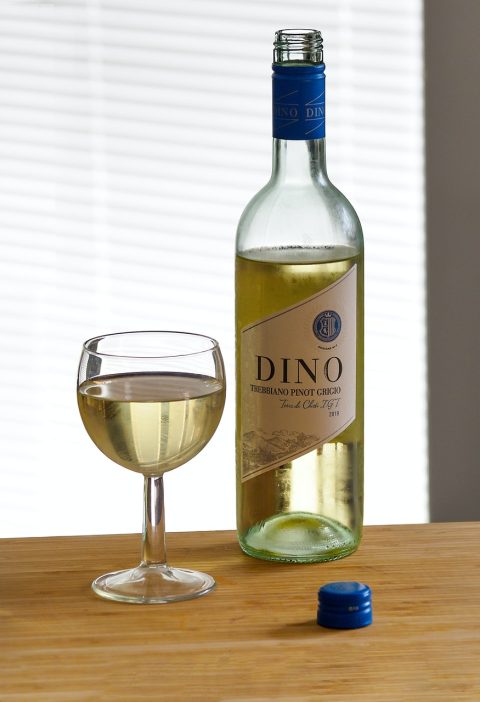When it comes to the answer to how long does red wine last once opened, there are some important factors to consider. While it is true that most wines will stay fresh for a while, there are several factors that influence how much longer a bottle of wine will keep for. These include the type of wine you drink, the amount of alcohol in the wine, and the storage temperature of the wine.
Tannin in red wine
Tannins are naturally present in grape skins during the wine making process. The good news is that they can help preserve the flavor and prevent spoilage. But how long can these preservatives survive?
It depends on the type of wine you have. Those with a higher level of tannins are typically more resistant to oxidation and thus tend to last longer. There are also some wines that can be stored for years without losing their quality.
The best way to store red wine is to store it in a cool, dark place. This helps slow down the oxidation process that can degrade the flavor of the drink.
It can be difficult to predict when a bottle of wine will be its best. The good news is that most reds will last for two to 10 years. A few of the bolder reds can cellar for as long as 20 years.
It is a good idea to open a bottle of red wine before serving it. Leaving it uncorked in a cupboard or fridge can lead to oxidation and ruin its quality. However, it should be remembered that you are not supposed to leave a bottle of wine out in the open for an extended period of time.
Putting a bottle in the freezer for a few hours can reduce the risk of oxidation. If you are not planning to drink the wine soon, it is not a bad idea to tame the oxidants with a spritz of lukewarm water.
Another nifty-looking thing to do is to put a wine glass in a sealed container. This will keep the oxidants out of your glass and will keep the wine fresher for longer.
Oxidation
Oxidation of red wine can affect the aroma, flavor and color of the wine. The most important change is in the aroma. This can range from a vinegar-like flavor to a nutty and umami taste.
Tannin is a natural antioxidant that can slow the oxidation process. A younger, strongly tannic wine will last longer than an older, less tannic one.
Oxidation is a process that takes place when the grape skin ruptures and exposes the fruit to air. In turn, this exposure creates a cascade of chemical reactions that result in a series of phenolic compounds. These compounds are able to bind with the volatile aldehydes in the wine. They are not reversible, however.
Oxidation is a complex process that can change the aroma and the color of wine. Several factors can contribute to this process, including heat, aeration and exposure to light.
During oxidation, a chain reaction occurs that affects the polyphenols in the wine. Chain reactions involving iron and other substances in the wine cause radicals and quinones to form, which in turn trigger a series of chain reactions.
Oxidation can also help mellow tannic wines. When oxidation is controlled, it can improve the development of flavors and make the wine more expressive. Depending on the wine’s composition, it may also impart umami and nutty qualities.
Using polyvinylimidazole/polyvinylpyrolidone (PVLP) in the wine’s preparation and clarification can minimize oxidation. However, the use of PVLP is limited to 500 mg/l.
To ensure the preservation of the wine’s characteristics, the winemaker should maintain a balance of oxidative compounds. The presence of alcohol and sugar can also slow down the oxidation rate.
Storage in a cool, dark place
Depending on the type of red wine you purchase, you may be wondering how long does red wine last once opened. A bottle of quality red should last a couple of weeks, but a bolder variety can be stored for years. To keep your red at its best, follow these simple storage tips.
The best way to store an open bottle of red is in an airtight container. An airtight bottle will prevent oxidation and allow the wine to stay fresh longer. Once it’s sealed, store it in a cool, dark place. This will prolong its life and make it more enjoyable.
In addition to a tight seal, a good cork will help preserve the quality of your wine. There are several types of stoppers available that are made to work on different wines. If you have a particularly tricky cork, consider hiring a professional. Having an expert advise you on the best ways to store your wine can help you to make the most of it.
You can also store a bottle in the refrigerator. Refrigeration will keep the wine fresh for up to a week. However, you will need to remove the bottle from the fridge about an hour before you plan to serve it.
For an even more extended shelf life, you might want to vacuum seal the bottle. A vacuum seal will eliminate the oxygen from the inside of the container, and can help extend the longevity of your red.
While the best way to store your red wine is in the fridge, there are several ways to keep your bottle of choice fresh. For example, you might want to store it on its side, as this will prevent the cork from drying out.
Fortified wines
When you open a bottle of red wine, it will last up to five days. However, the exact freshness of the wine depends on the tannicity, acidity, and alcohol content of the wine.
Red wines that have less tannins are going to degrade quicker. However, some red wines with very high tannin levels will still be drinkable 24 hours after opening.
If you want to keep the taste of a bottle of red wine for as long as possible, you need to store the bottle in a cool place with a cork. The best option is to keep the bottle in the fridge. This will help to control the oxidation of the wine.
You can also use a vacuum stopper to extend the shelf life of your wine. This is especially useful for daily drinkers. Some producers even make a decent tasting box wine.
Once opened, red wine should be stored in a cool, dark place. This can be the refrigerator or a chiller.
Open bottles of red wine should be re-corked after each pour. This is so the air doesn’t get into the bottle. It’s important to remember that the more air there is, the quicker the in-bottle oxidation will occur.
To maintain the quality of your red wine, you need to store it in a cool, dark place. Tannins, the compounds found in grapes, are a preservative that helps to protect the wine from oxidation. These compounds are very bitter, and they are responsible for the ageability of the wine.
For the best drinkability, red wine is best savored slowly. Once a bottle has been opened, it is best to re-cork it and store it in a cool, dark place.
Medium-bodied wines
The age of a medium bodied red wine can vary from one bottle to the next. In general, you can expect it to last about two to five days. You’ll also notice a change in the aromas and flavors as it ages. This is because the tannins in the wine break down.
Wine can be kept in the refrigerator for up to a week after opening. However, the best way to maintain its freshness is to store it in a cool, dark place. It is also a good idea to vacuum-seal your bottles to prevent the release of air inside the container.
Another way to extend the shelf life of your red wine is to put it in a freezer. You can do this by pouring the wine into ice cube trays and placing it in your freezer. If you’re not confident in your wine storage skills, you can always consult a professional.
Some wines have more tannin than others. Tannin is a compound found in the stems, seeds, and grapes of red and white wines. When stored, it helps slow the oxidation process and prevents your wine from becoming spoiled.
When you drink a wine that is a few years old, you might notice the taste is flat. This is due to the bacteria in the wine preventing it from reactivating when it reaches its expiration date.
To keep your wine tasting its best, you should follow a few simple steps. First, you should make sure the bottle has a cork and is sealed properly. Second, you should store it upright to avoid letting air enter the bottle. Finally, you should keep it away from direct sunlight.

